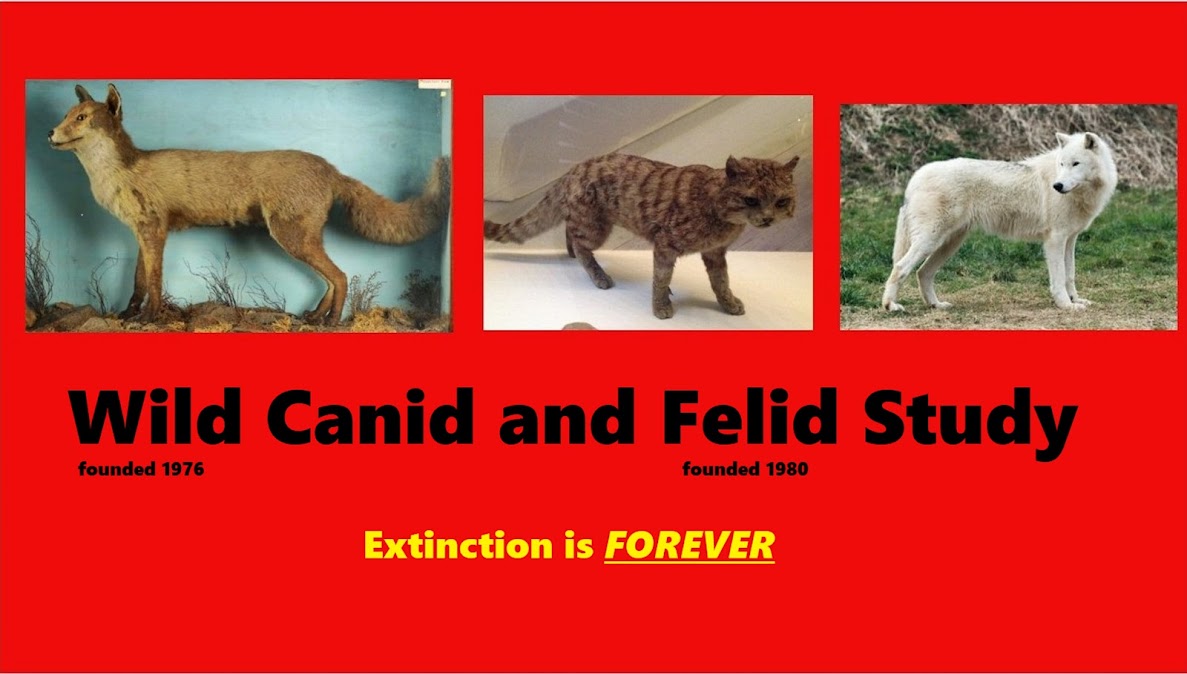I'm often messaged and asked how to tell whether a badger is setting up a sett in a garden -usually under a summer house or greenhouse.
Well, the chances are that it is more likely a fox digging and not necessarily a den. About a year after I buried my old cross greyhound, Sam, two foxes visited during the day and I found out what had dug a hole the night before. One fox dug straight down and the speed of digging and how deep amazed me. The fox started playing with one of Sam's disarticulated leg bones before moving on.
I place chicken wire and paving slabs to cover the grave; they were just doing what foxes do and I had made my garden a wildlife one so...
On another occasion a smaller but deep hole appeared in a neighbour's garden so I was asked to check that no "long tailed friends" (rats) had moved in. Looking at how the ground had been dug it was obvious that a fox must have buried something then retrieved it (or had heard a mouse and dug down to get it).
Foxes will dig to get under tree roots, sheds, summerhouses or even go into any sizeable space where they can have young -decking included. Foxes tend to move den every so often particularly when they have cubs. So, if you see a hole in your garden and you have seen a fox the chances are the hole was dug by a fox.
They are not called "fox holes" for nothing.
Fox den under a tree.
With badgers the situation is different. Looking at Bristol we have the City and as it expanded so all the outlying villages became part of it. Even today some parts still have that village feel and these had badger setts in them going back many decades. I know that some areas had active badger setts back in the 1970s and they were probably established long before.
Badgers have setts that are used by generation after generation and that is why some are very complex with a lot of entrances. Some get abandoned for various reasons but most likely due to disturbance or threats to the sett and badgers. For a badger to suddenly appear out of the blue and start making a sett it is either an individual hoping to set up his own group or one that has been cast out for a reason. So the sudden appearance should lead to people asking why?
Above and below badger sett entrances
A badger is not like a dog fox which might go on the wander to find a new territory. If they have a site with good food, water and good drainage then they will stay put for generations. Badgers are also very clean animals which regularly clean out their setts -one old tale was that to forced a badger from its sett a fox would "dirty" it and the badger would be so disgusted it would move out rather than cleaning up.
The "fly in the ointment" there is that it is known some foxes and badgers do share very large setts though I would assume when young are on the way that would change as both are ultra protective of their cubs/piglets.
A site called Nature Features has a page on what might be digging a hole in your garden but to be honest unless you are near to an established sett and badgers are looking to expand...a fox dug the hole!



.jpg)

.jpg)








